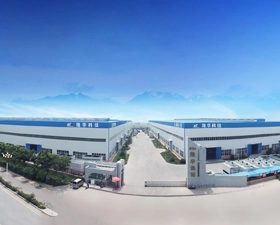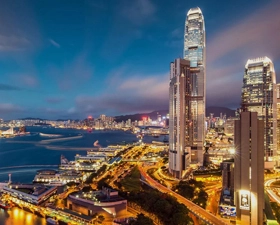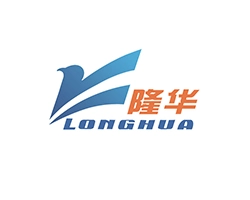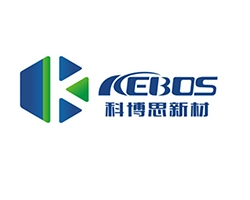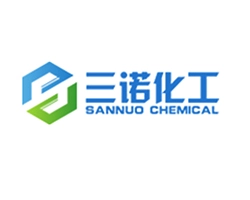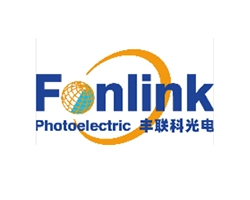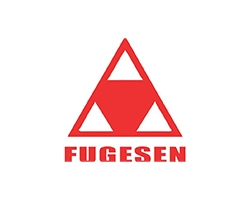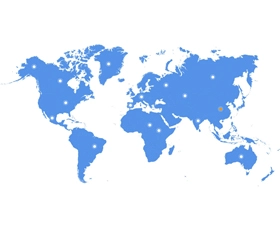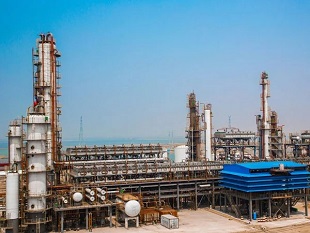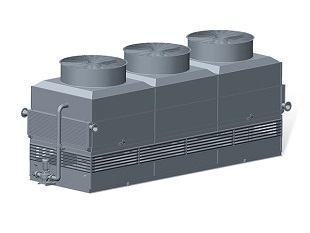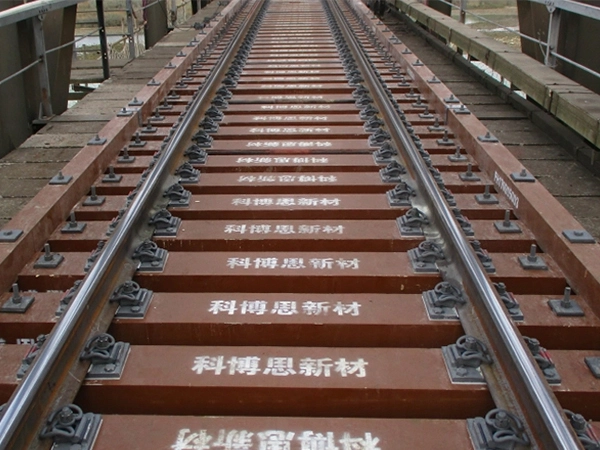The operating principle of tungsten wire varies depending on its application. In the case of tungsten filament wire in light bulbs, when an electric current flows through the wire, it heats up and emits light, producing the desired illumination. This process is known as incandescence and requires the wire to reach a high temperature, often in excess of 2000°C, which is facilitated by the high melting point of tungsten. Tungsten wire is also commonly used in heating elements for high-temperature applications, as its electrical resistance causes it to heat up when a current flows through it. In this application, the tungsten wire is designed as a coil or loop, which allows for high surface area contact and efficient heat transfer. Additionally, tungsten wire is used in other applications such as in welding, cutting, and etching, where it operates based on its high melting point, durability, and conductivity properties.


 EN
EN
 jp
jp  ko
ko  fr
fr  de
de  es
es  it
it  ru
ru  pt
pt  ar
ar  tr
tr 